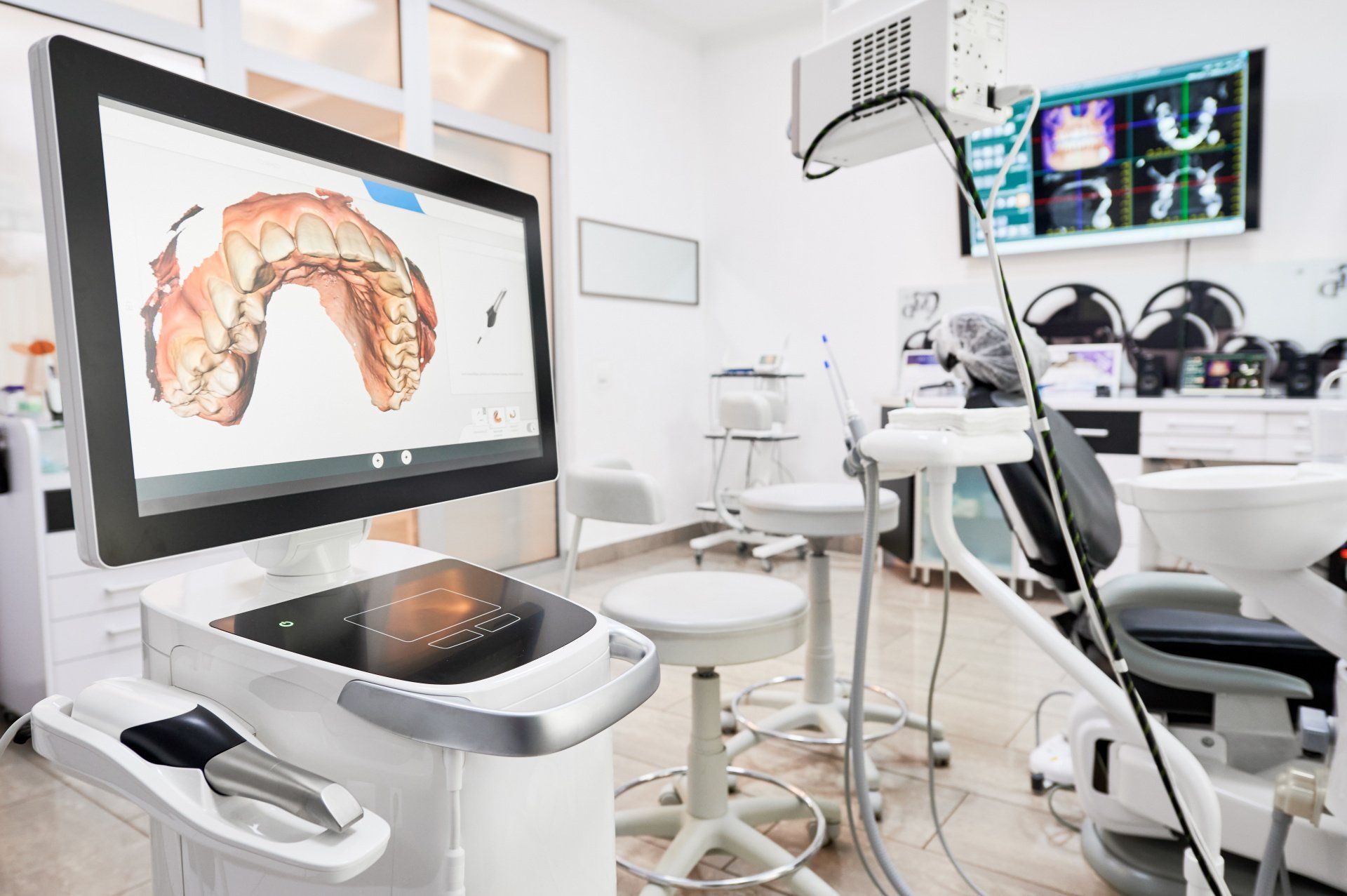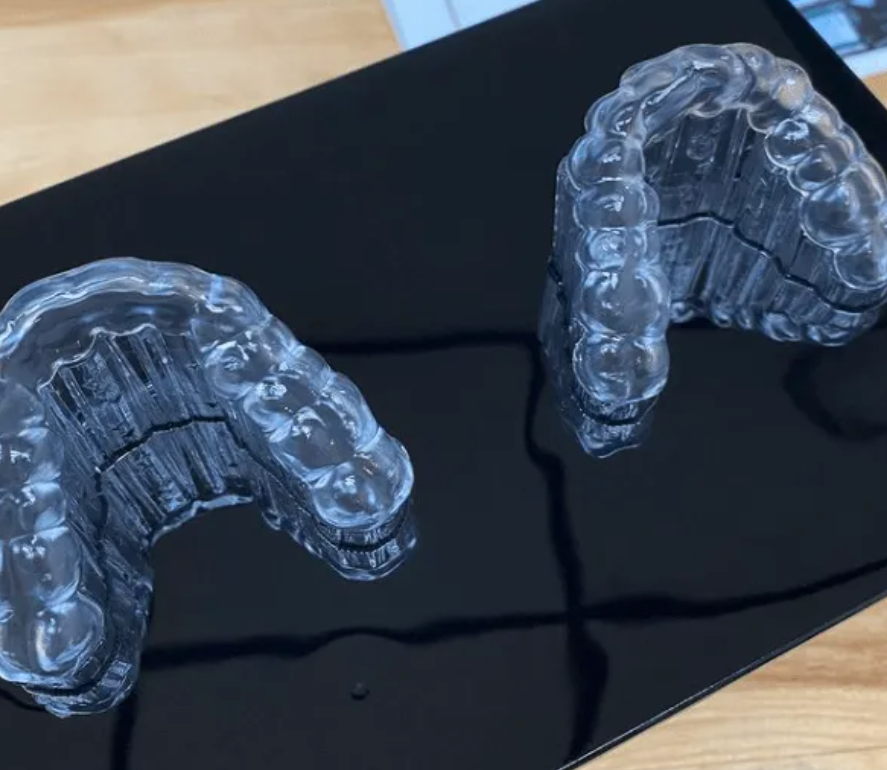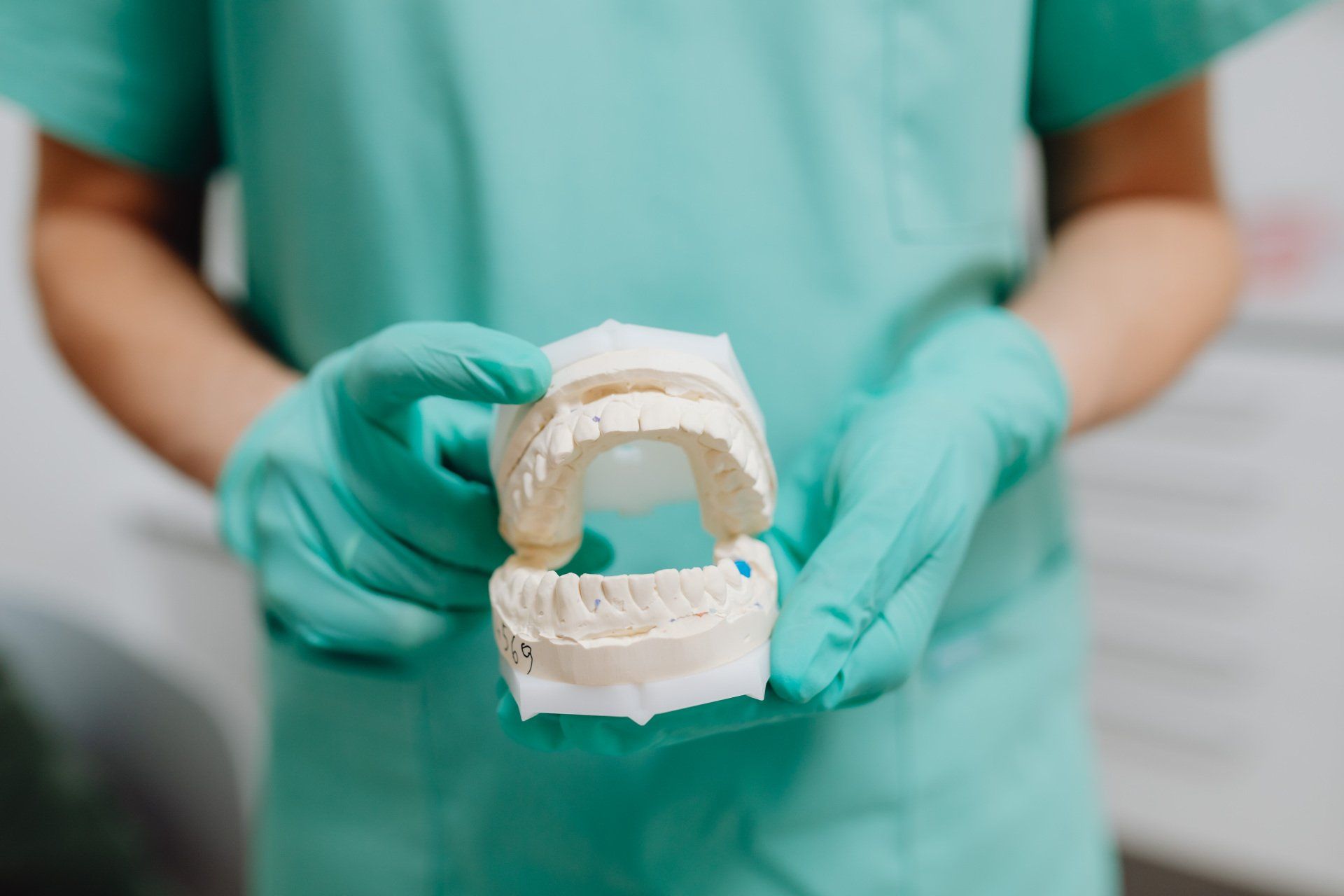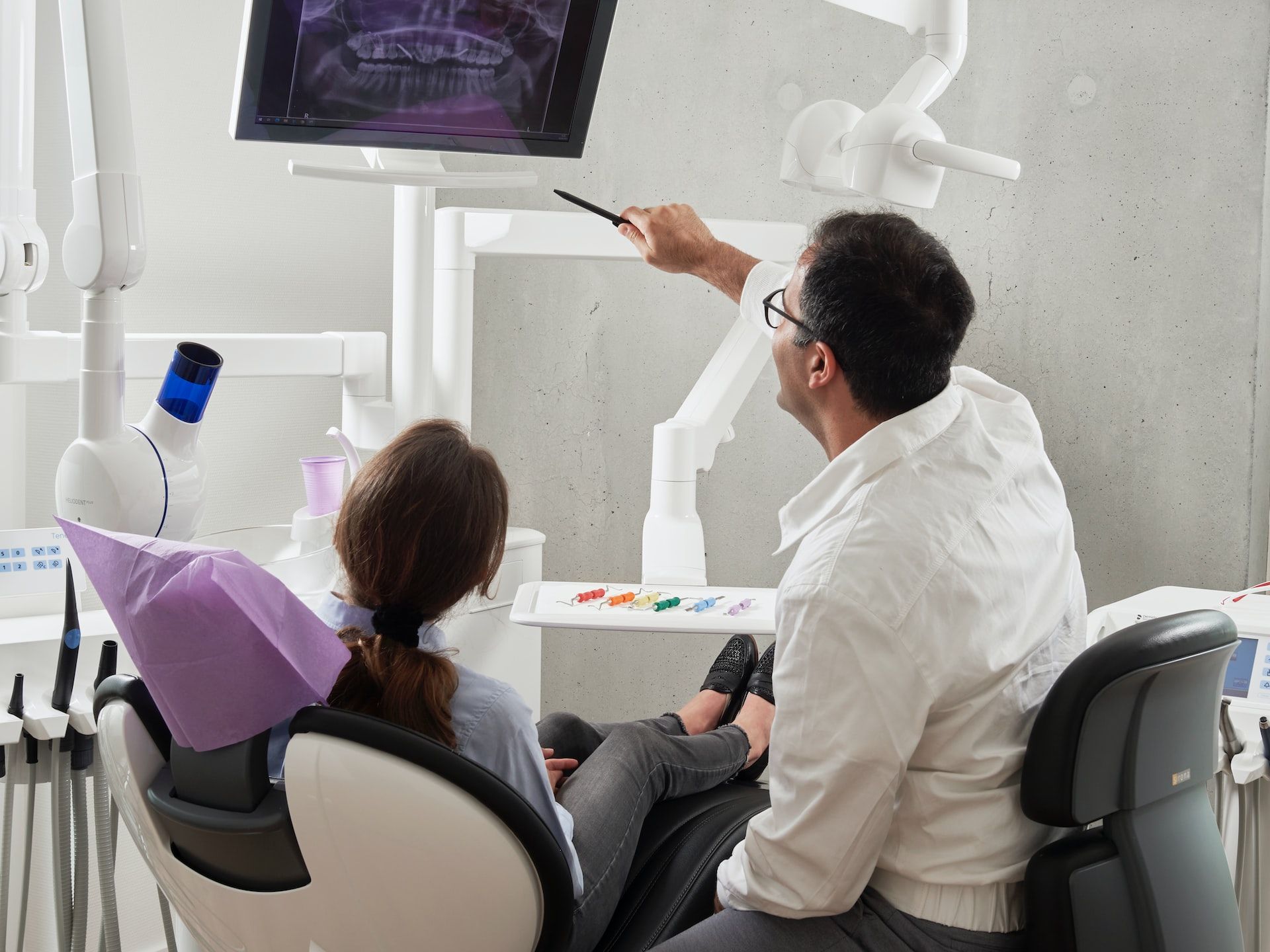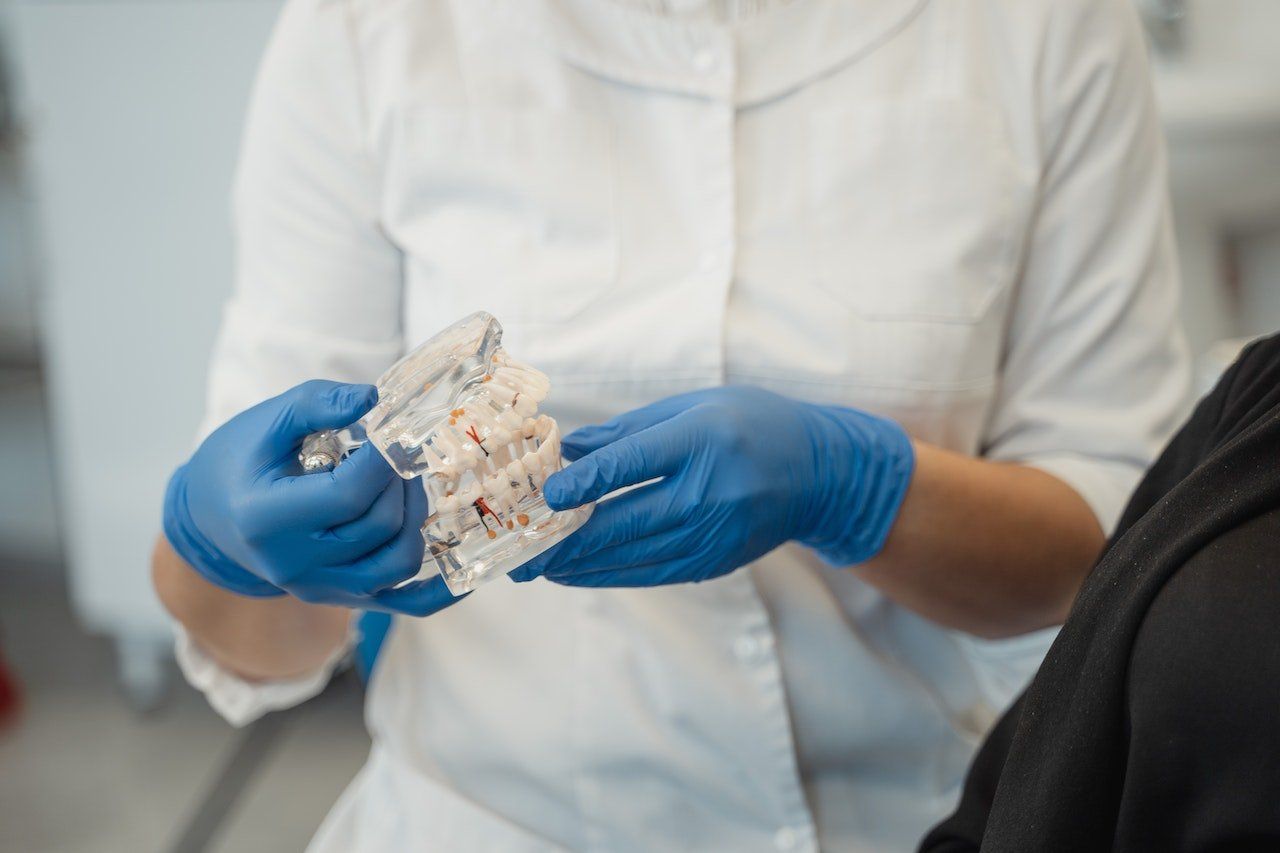The Importance of Zirconia in Dental Prosthetics
Learn The Importance of Zirconia in Dental Prosthetics
Dental technology has gone far and beyond its humble beginnings! Despite the challenges in aesthetics, functionality, and biocompatibility, manufacturers have continued to make strides in dental restorations, making significant discoveries that could forever change the face of dentistry.
Thanks to computer-aided design (CAD) and computer-aided manufacturing (CAM) systems, experts can develop optimal solutions for dental problems in every dental lab in the country. Among the notable discoveries and developments in dental medicine, the introduction of zirconia is perhaps among the most impactful of them all as of late.
What is Zirconia?
Zirconia is a white solid ceramic glaze that consists of zirconium dioxide. Due to its highest fracture resistance and mechanical strength among non-metallic materials, it has become one of the most preferred and widely used materials for medical devices.
However, zirconia is not only recognized in the medical industry. The material is also used to create a wide array of products across different fields, such as jewelry, watches, pumps, gears, and valves.
Zirconia’s Rise to Fame
The dental industry has been introduced to various dental raw materials for dental restoration, but very few of them continue to be used today. As most dental labs became more able to afford high-tech, advanced CAD/CAM systems and have built the skills needed to operate them, dental supply manufacturers eventually introduced the world to the extraordinary material known as zirconia.
Zirconia has retained its reputation for 20 years straight, proving to fare better than steel, titanium, and other counterparts. Although various trends came and went over the past few decades, zirconia remained to climb steadily to prominence, showing no signs of becoming irrelevant anytime soon.
Zirconia-Based Innovations in Dentistry
Although zirconia is one of the most recently introduced dental materials, it took no time for dental professionals to realize its importance and potential to change dentistry forever. Zirconia is one of the rare materials to have seen the light of day outside of a dental lab and skyrocketed to fame, receiving the title as the most popular material in dental prostheses.
Titanium has long been the preferred material for making dental crowns and other restorations, but with the characteristics of zirconia, it seems that titanium has to share the spotlight. Due to its natural strength and durability, zirconia is an ideal material for making posterior crowns, which need to be strong to withstand chewing and grinding motions when eating food.
Titanium and zirconia are the only elements that allow implants to integrate into the bone, but titanium has a disadvantage because of its dark grayish color. Despite zirconia being considered an excellent alternative to titanium, it had substantially more early failures than titanium.
Currently, zirconia implants are only manufactured in dental labs as one-piece implants because of their limitations.
Conclusion
Zirconia is undoubtedly a game-changer. However, although renowned for its excellent characteristics, dental labs still need to conduct more research to improve their reliability. Most clinicians choose titanium implants over zirconia today, but once zirconium-based materials are enhanced, they’ll break new ground and become a crucial aspect of oral implantology.
If you’re looking for a
reliable dental lab partner,
get started with Vitality Technologies? Our full-service digital dental lab is complete with advanced technology and certified skilled technicians to consistently deliver the highest quality dental prosthetics. Get started today!
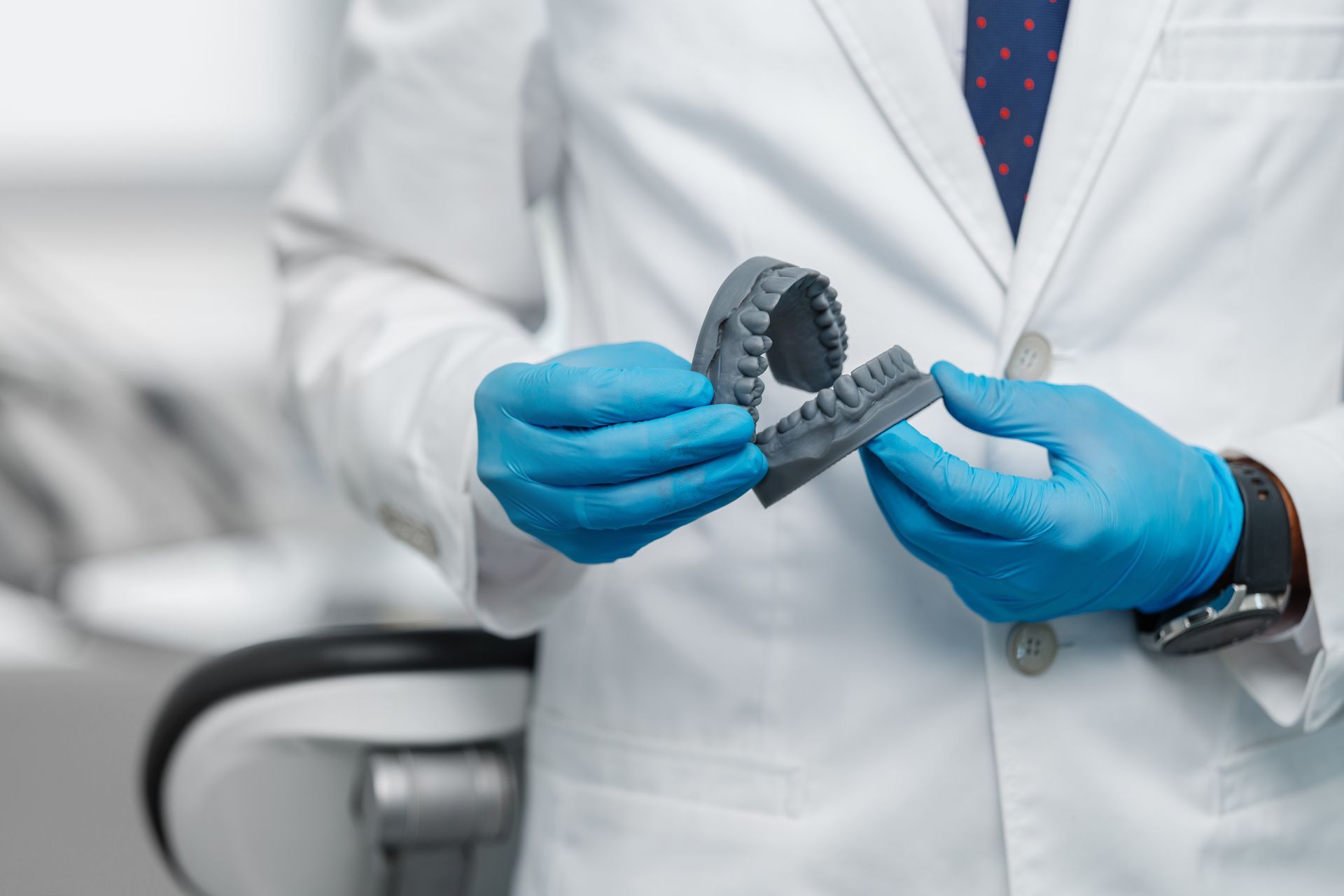
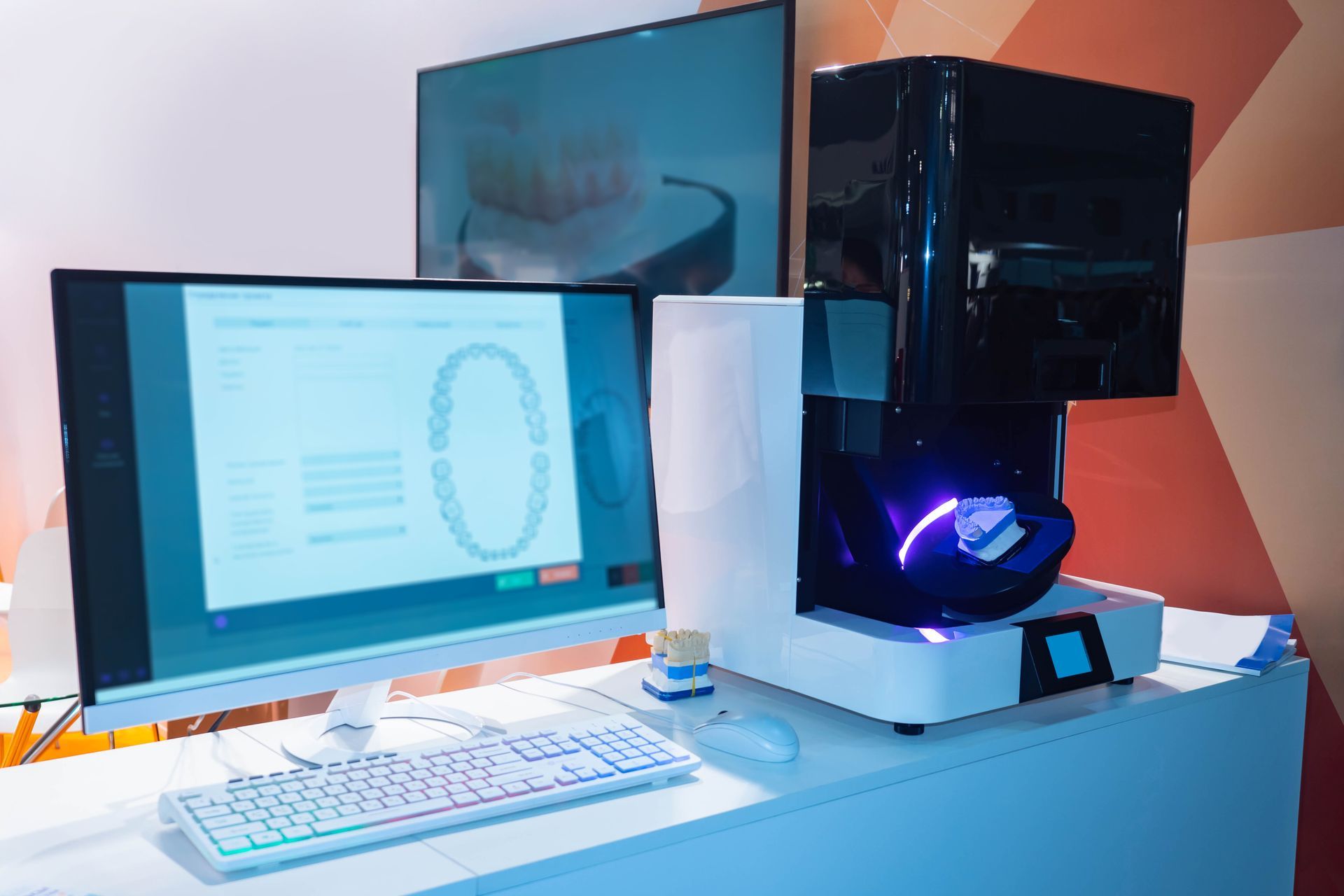

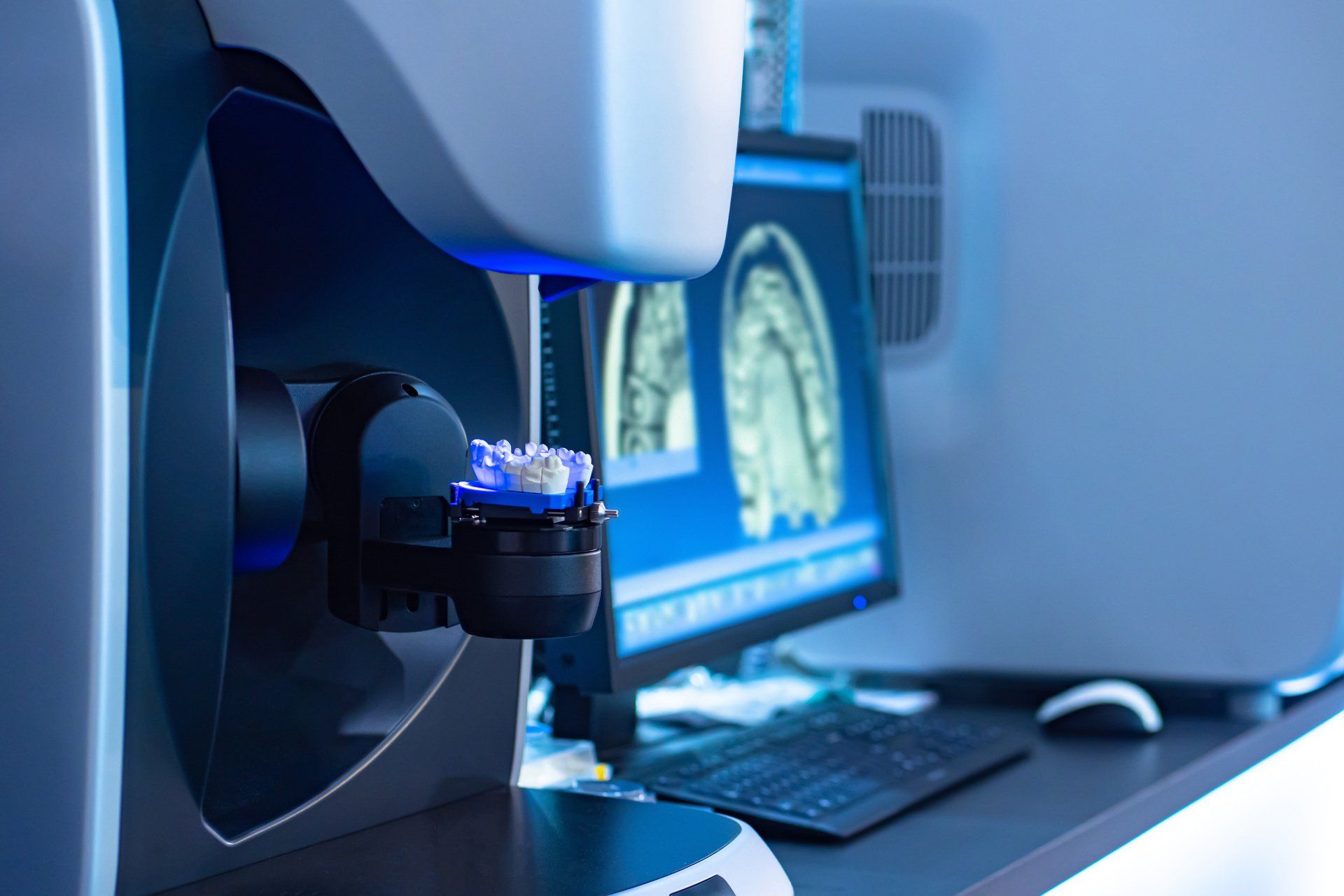
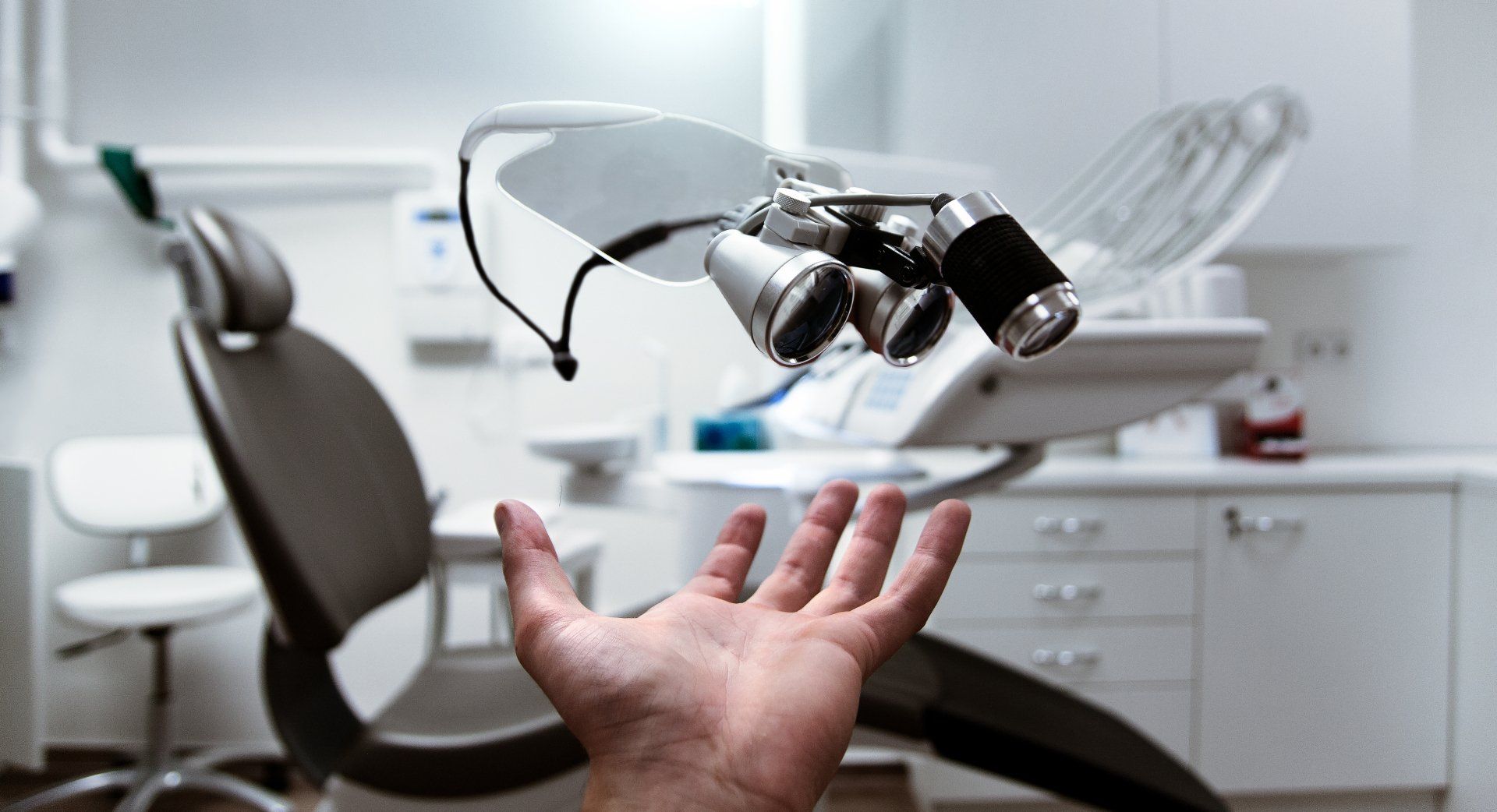
Location
Search
Resources

